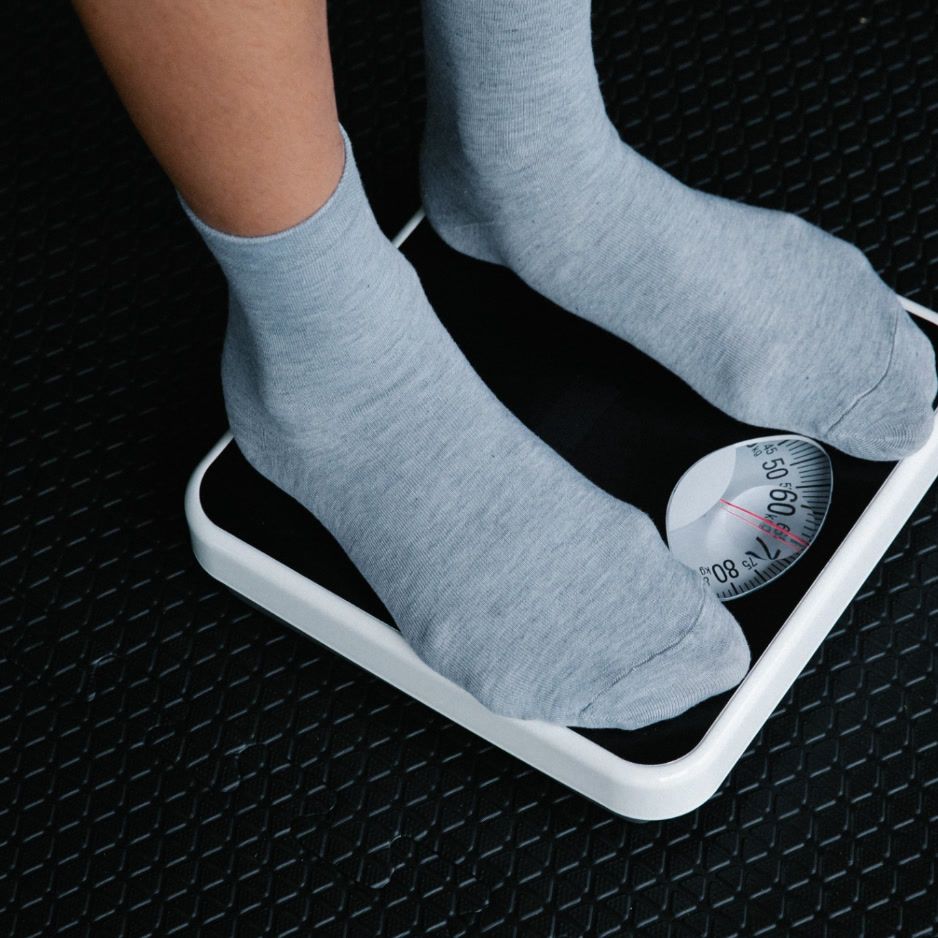How to Increase Leptin Naturally: 9 Science-Backed Tips

How to Increase Leptin Naturally: 9 Science-Backed Tips
Leptin is often described as the body’s “satiety hormone.” When its signaling pathways function properly, normal portions leave you satisfied, energy expenditure remains appropriate, and maintaining a healthy weight feels achievable. By contrast, declining leptin levels—or a reduced brain response known as leptin resistance—can amplify hunger, slow metabolism, and promote fat gain.
Emerging research shows that targeted adjustments to sleep, nutrition, and physical activity can enhance leptin production and sensitivity without medication. The nine evidence-based strategies below translate those findings into actionable steps.
What Exactly Is Leptin?
Leptin is a hormone secreted by adipose tissue. Its chief role, according to an overview from the Cleveland Clinic leptin resource, is to inform the hypothalamus how much energy the body has stored, thereby modulating appetite and energy expenditure. In theory, more stored fat should mean higher leptin and lower hunger.
Leptin Resistance: The Real Culprit
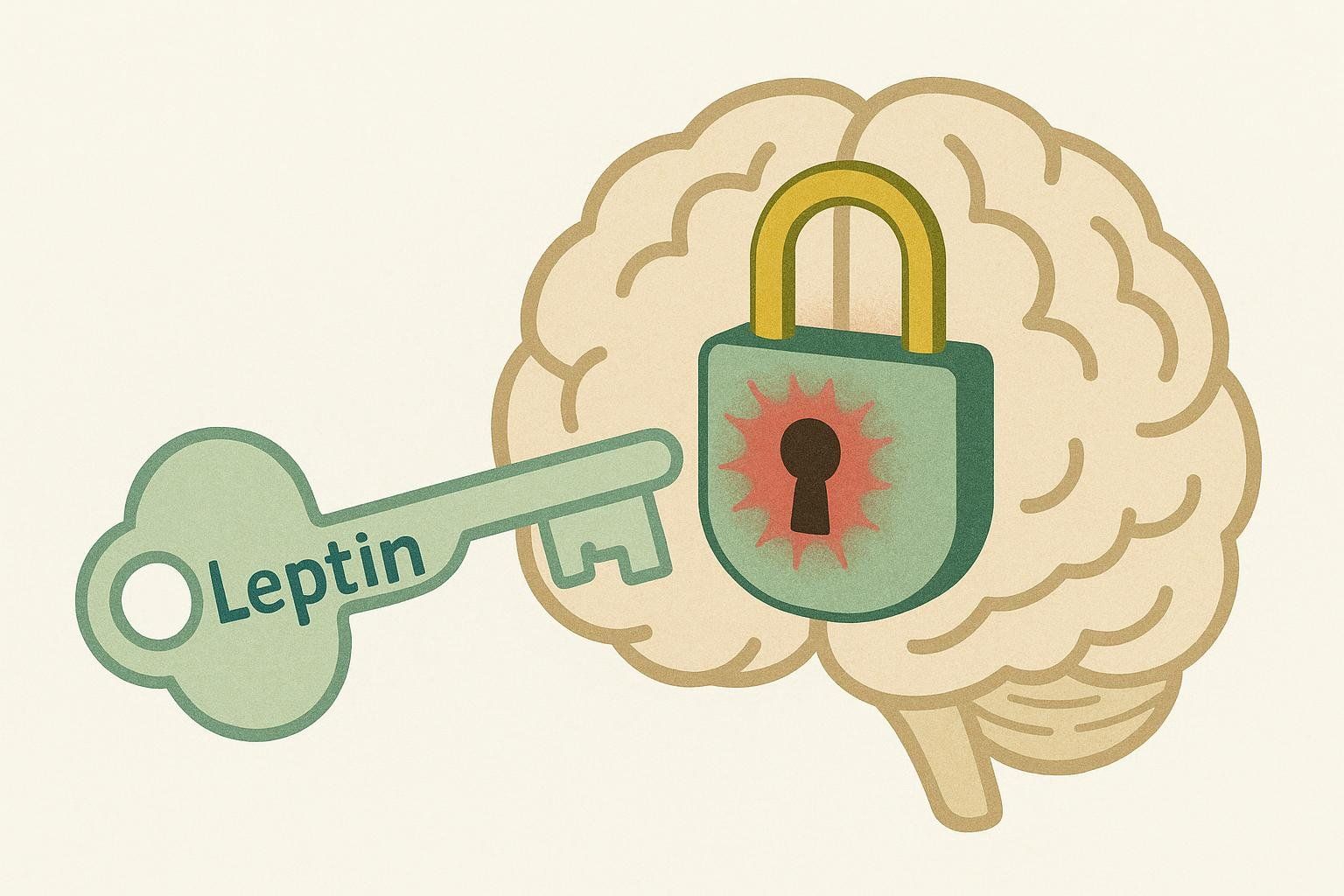
In many individuals with overweight or obesity, circulating leptin is already high; the problem is diminished central sensitivity. Contributing factors include chronic inflammation, elevated triglycerides, inadequate sleep, and diets dominated by ultra-processed foods, as outlined in Healthline’s evidence-review on leptin resistance.
Can You Really “Boost” Leptin?
The objective is not extremely high leptin concentrations but effective signaling. Two levers matter:
- Avoid dramatic leptin drops that occur during severe caloric restriction.
- Improve leptin sensitivity so existing hormone traverses the blood–brain barrier and binds its receptors.
The interventions below address both mechanisms.
1. Prioritize 7–9 Hours of Consistent, High-Quality Sleep

A 2022 Nature Reviews Endocrinology analysis on sleep and metabolic health reported that one week of < 6 hours per night lowers leptin while raising orexigenic ghrelin. Establish a wind-down routine—dim lights, disconnect from screens 60 minutes before bed, and keep the bedroom cool. For additional guidance, see our internal article Fat Loss Factors: Sleep.
2. Build Meals Around Protein and Soluble Fiber
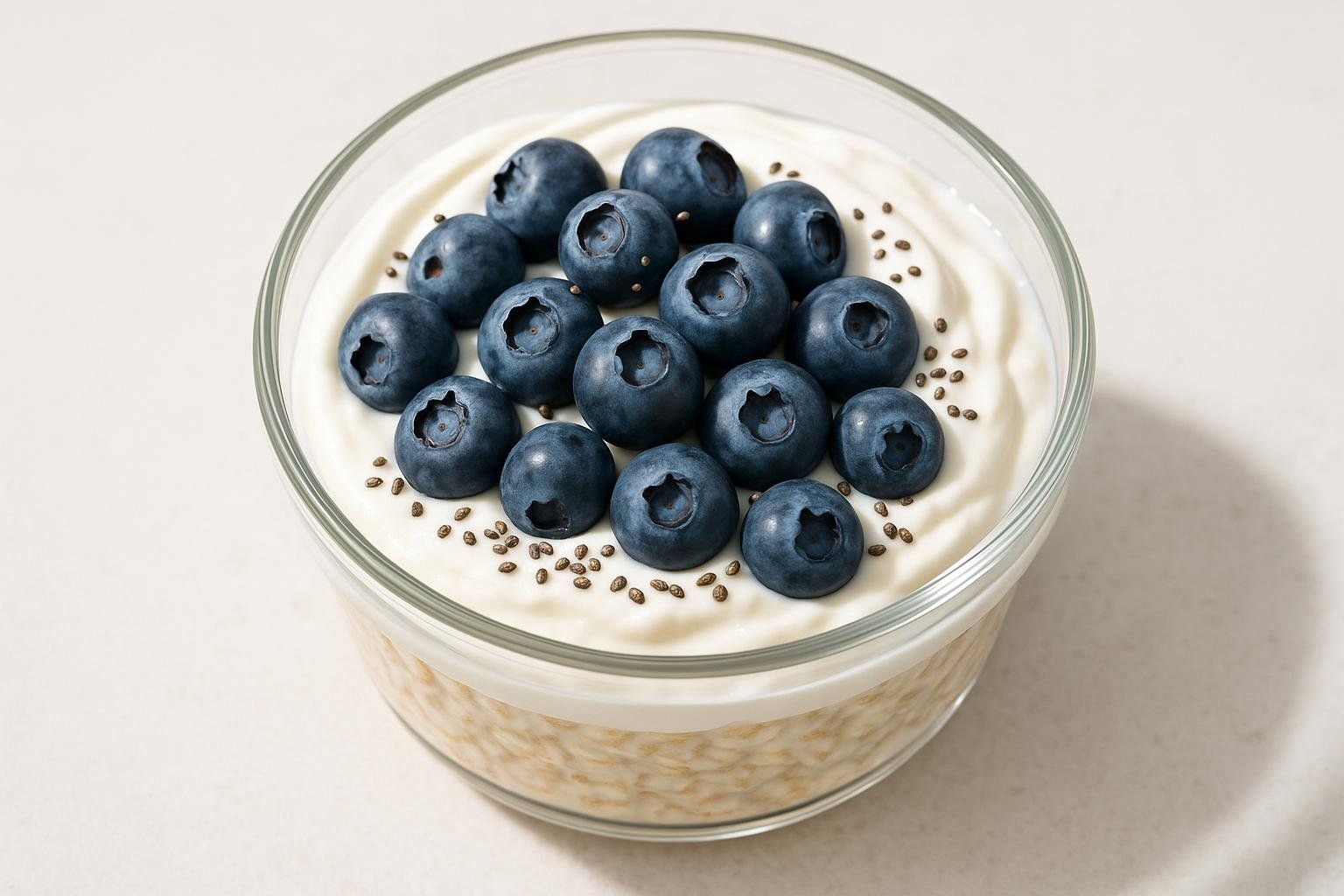
Higher-protein diets elevate post-meal satiety hormones, including leptin. Position papers recommend 1.2–2.0 g of protein per kg body weight for weight management (see the 2017 International Society of Sports Nutrition position stand on protein and exercise). Combine that protein with reliable sources of soluble fiber—oats, lentils, apples, Brussels sprouts—to slow digestion and stabilize hormone release.
3. Limit Added Sugar and Ultra-Processed Foods

Inflammatory compounds in highly processed foods can disrupt leptin receptors. A 2021 observational assessment summarized in the Healthline review linked greater intake of ultra-processed foods to higher leptin yet reduced sensitivity.
4. Lower Triglycerides With Smart Fat Choices
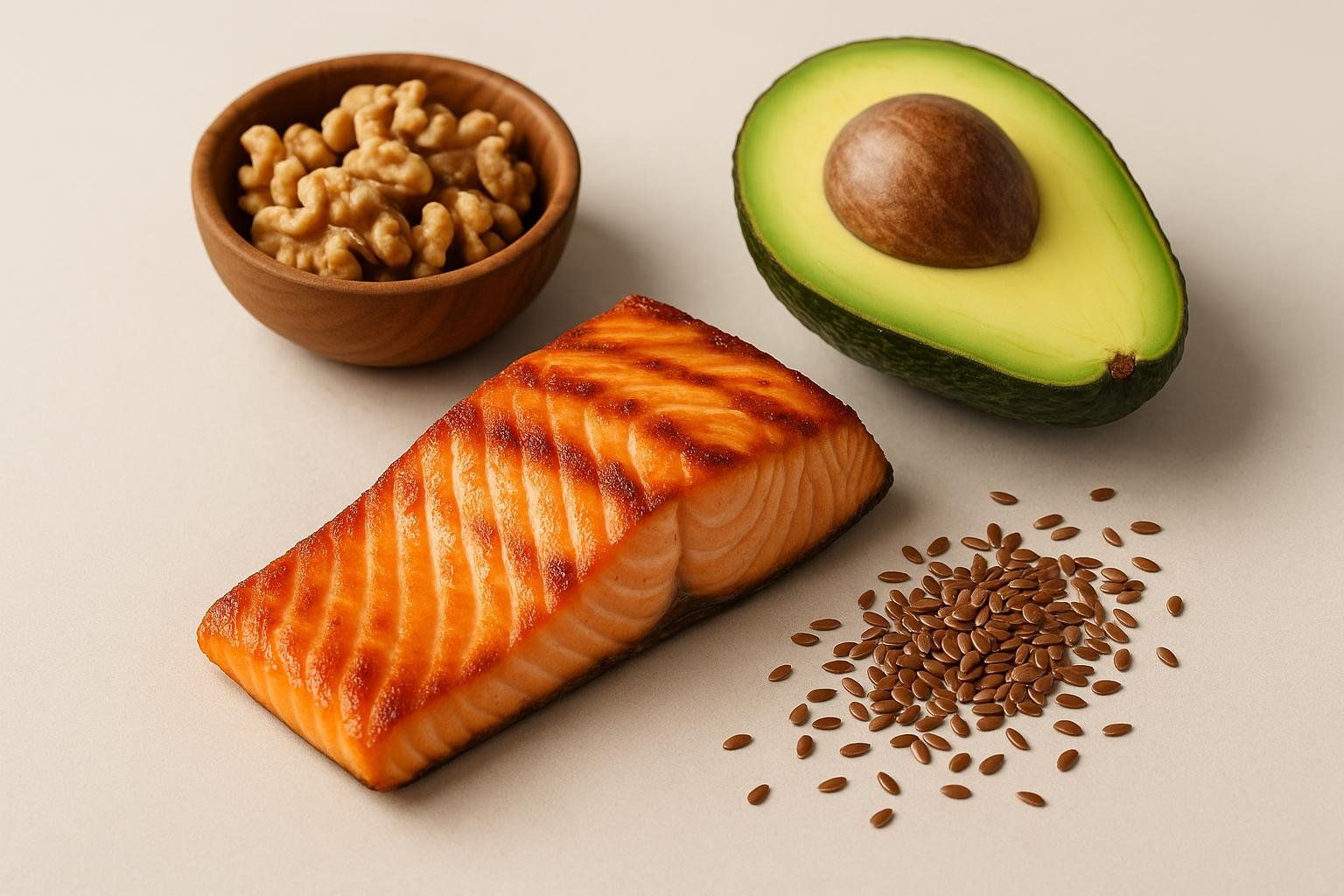
Elevated triglycerides hinder leptin transport across the blood–brain barrier, according to a 2021 Pharmaceutical Research review on lipids and BBB integrity. Swap refined carbohydrates and fried foods for omega-3–rich salmon, sardines, walnuts, and flaxseed. Need more practical ideas? See 15 Worst Foods for Triglycerides—and Healthier Swaps.
5. Strength-Train at Least Twice a Week

Resistance exercise improves leptin sensitivity, likely through reductions in systemic inflammation and gains in lean mass. Not sure where to begin? Our Strength Training for Beginners guide offers step-by-step programming.
6. Include High-Intensity Interval Training (HIIT)

A 2023 Journal of Clinical Medicine systematic review on exercise and leptin signaling concluded that efforts ≥ 70 % VO₂max—particularly HIIT—enhance central and peripheral leptin responsiveness during weight-loss phases. Start with one 15-minute HIIT session per week and progress cautiously.
7. Experiment With Early Time-Restricted Eating (TRE)
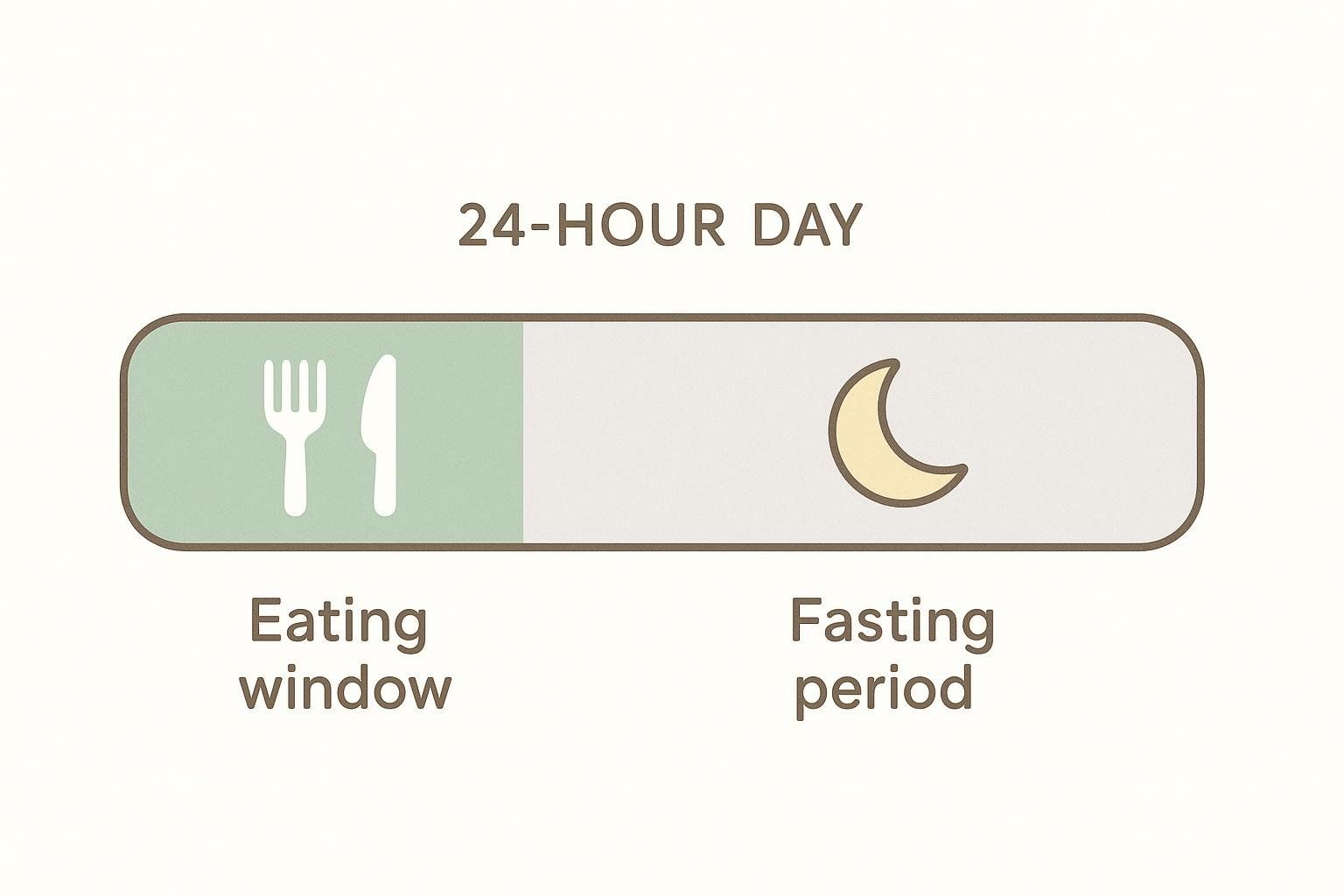
A 2022 randomized trial in Nature Communications demonstrated that an eight-to-ten-hour eating window ending by 6 p.m. improved insulin sensitivity, reduced body fat, and favorably changed adipokine rhythms compared with mid-day or unrestricted eating (early TRE trial results). Preliminary data suggest parallel benefits for leptin signaling.
8. Manage Stress Hormones

Persistently elevated cortisol interferes with leptin action. Incorporate brief daily relaxation practices—breath work, walking, or using mobility training to unwind.
9. Approach “Leptin Supplements” With Caution
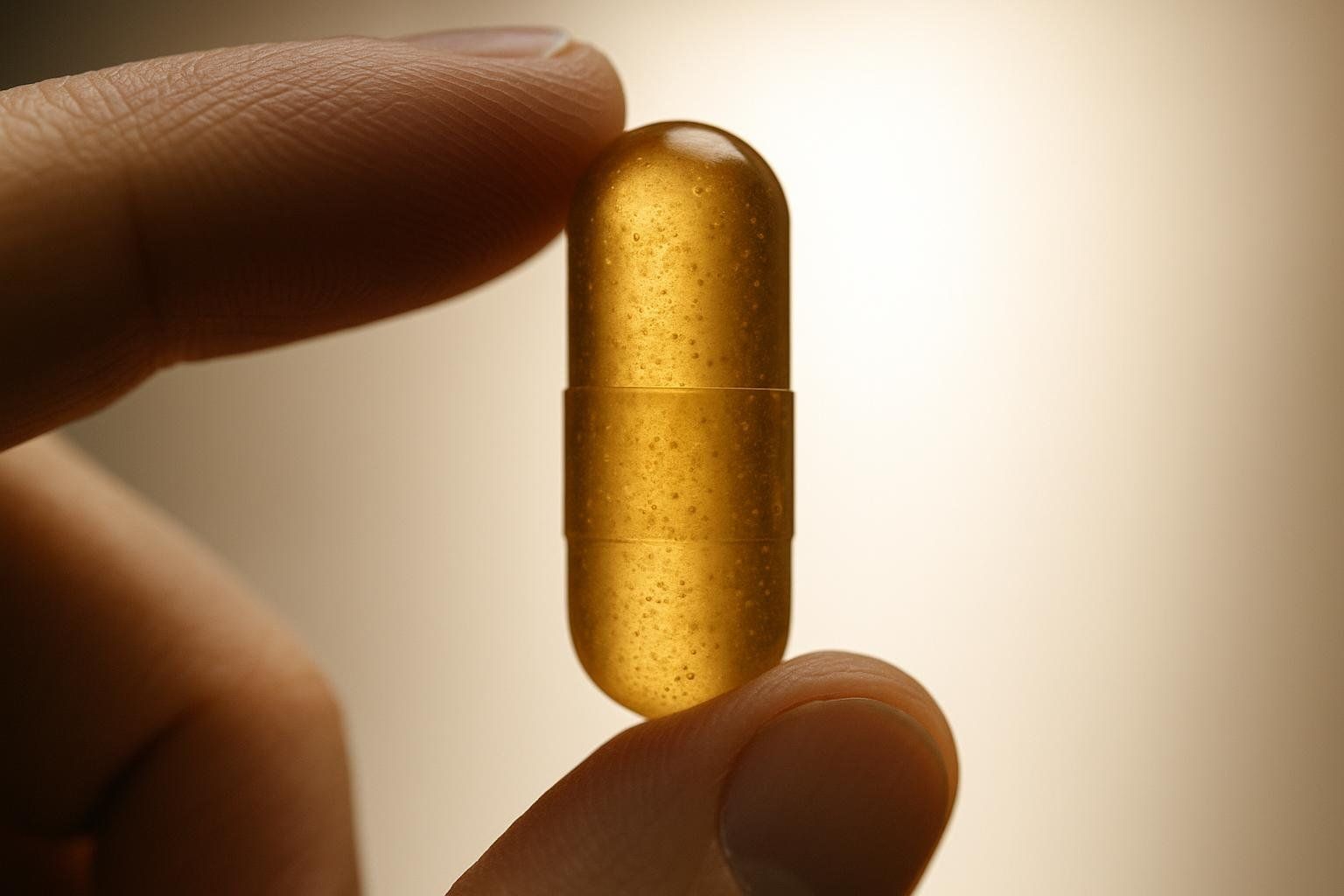
Capsules marketed as leptin boosters often contain green-tea extract, African mango, or kelp. Human evidence for meaningful improvements in leptin sensitivity remains limited, and standardized dosages are lacking. Emphasize the lifestyle fundamentals above before considering supplementation.
Sample 1-Day Leptin-Friendly Meal Plan
| Meal | Menu | Mechanistic Rationale |
|---|---|---|
| Breakfast | Overnight oats with Greek yogurt, chia seeds, blueberries | Protein and soluble fiber promote sustained satiety |
| Lunch | Salmon salad with mixed greens, quinoa, avocado | Omega-3 fats help lower triglycerides; protein supports leptin |
| Snack | Apple slices with almond butter | Fiber and unsaturated fats curb mid-afternoon cravings |
| Dinner | Lentil & vegetable stir-fry over cauliflower rice | Plant protein and low-GI carbs support evening hormone balance |
Quick-Fire FAQ
What foods increase leptin?
No single food supplies leptin directly. Focus instead on balanced meals rich in protein, soluble fiber, and anti-inflammatory fats to optimize endogenous production and sensitivity.
Does intermittent fasting raise leptin?
Plasma leptin falls during acute fasting, but early TRE protocols may improve sensitivity once eating resumes by reducing inflammation and triglycerides.
How long does it take to reset leptin?
Most interventions show measurable benefits within 4–12 weeks. Monitor subjective hunger alongside body-composition metrics to gauge progress.
Can a DEXA scan show leptin levels?
DEXA cannot measure hormones, but it quantifies total and visceral fat—primary determinants of leptin output. Declining fat mass alongside improved appetite control indicates better leptin dynamics. Learn more in Interpreting DEXA Scan Results.
Ready to Put Data Behind Your Hormone Strategy?
Leptin operates in concert with body-fat stores—especially metabolically active visceral fat. A BodySpec DEXA scan reveals precisely how your sleep, nutrition, and exercise modifications are reshaping those stores. Book your scan today to establish a clear baseline.
Key Takeaways
- Leptin regulates appetite and energy balance.
- The target is improved sensitivity, not merely higher blood levels.
- Adequate sleep, protein-focused meals, soluble fiber, strength training, HIIT, triglyceride reduction, and stress management support healthy leptin signaling.
- DEXA-based body-composition tracking provides objective feedback as you implement these changes.
